Leon Veal, a personal trainer in the US, said this muscle loss is often worsened by insufficient protein intake and reduced physical activity. If this continues, the body's metabolism, balance and recovery processes can be severely affected. This makes daily exercise and long-term health more difficult.
However, there are some daily habits that can help reverse muscle loss after age 50, according to the US website Eat This, Not That!.
Add protein to your meals to effectively prevent muscle loss and maintain good health.
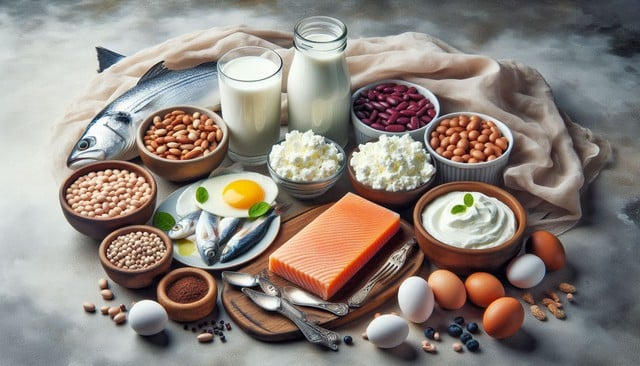
Add protein-rich foods like eggs, Greek yogurt, cottage cheese, beans, fish and chicken to your meals.
ILLUSTRATION: AI
Experts recommend adding protein-rich foods like eggs, Greek yogurt, cottage cheese, beans, fish and chicken to your meals.
“Around 15 to 30 grams of protein per meal is a good target,” says Mackenzie Burgess, nutrition partner at Butcher’s Bone Broth. “Collagen—a protein found in bone broth and supplements—is quite important for older adults,” she adds. “People start to lose collagen in early adulthood, and women can even lose up to 30 percent of the collagen in their skin in the five years after menopause… Collagen can further support skin elasticity and joint health,” according to Eat This, Not That!
Eat a balanced, healthy diet
Balance is the key to health, especially when it comes to maintaining a healthy diet.
Expert Mackenzie Burgess recommends people focus on an overall balanced diet with bone-supporting foods such as prunes, green leafy vegetables, yogurt and canned salmon with bones.
Prunes have been shown to help prevent bone loss, while yogurt and canned salmon are rich in calcium and vitamin D, two important nutrients that help maintain strong bones as people age.
Note daily exercise

Gentle daily activities such as walking, climbing stairs or stretching also help keep muscles moving and joints moving.
ILLUSTRATION: AI
Daily exercise can have lasting effects. According to trainer Leon Veal, when it comes to training, consistency is always more important than intensity. Light daily activities like walking, climbing stairs or stretching also help to move muscles and joints.
Endurance training
Strength training exercises like squats, push-ups, or resistance band exercises three to four times a week can make a big difference in maintaining strength and joint health, explains trainer Leon Veal.
Focus on sleep and recovery
Adequate rest and recovery is just as important as your workouts themselves.
Sleep and recovery are often overlooked, but muscles rebuild during that rest. Good sleep helps balance hormones, which "repair" muscles, says trainer Leon Veal, per Eat This, Not That!
Source: https://thanhnien.vn/5-thoi-quen-giup-ngan-ngua-mat-co-sau-tuoi-50-185250720142753232.htm








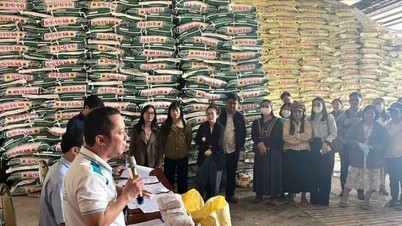






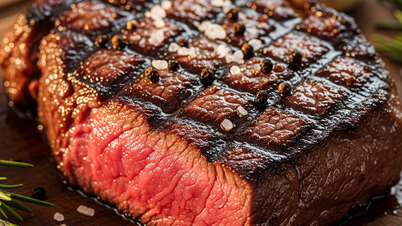




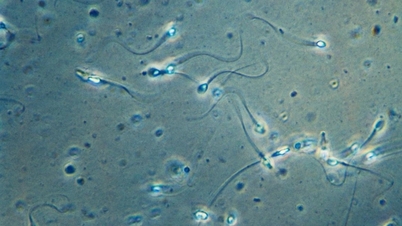


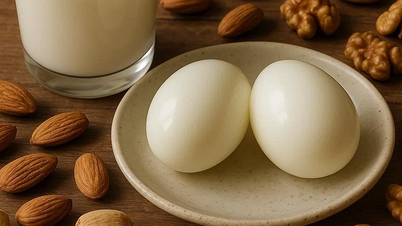










![[Photo] Nhan Dan Newspaper displays and solicits comments on the Draft Documents of the 14th National Party Congress](https://vphoto.vietnam.vn/thumb/1200x675/vietnam/resource/IMAGE/2025/10/26/1761470328996_ndo_br_bao-long-171-8916-jpg.webp)












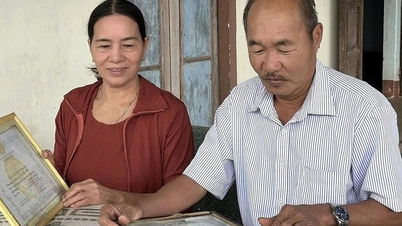





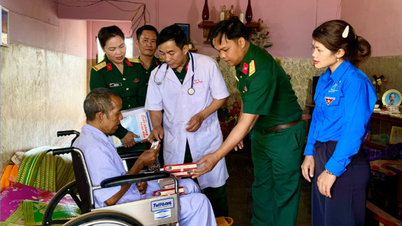





















































Comment (0)